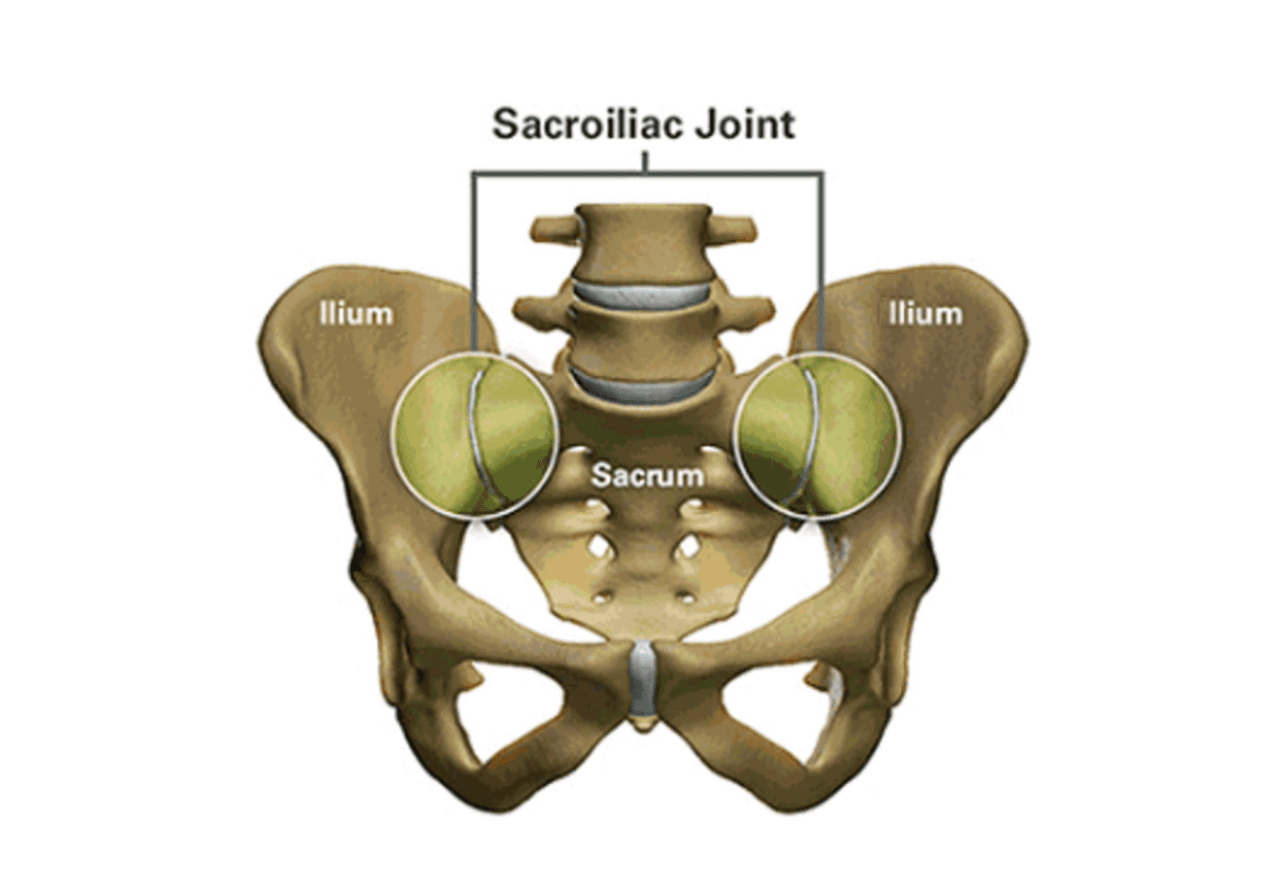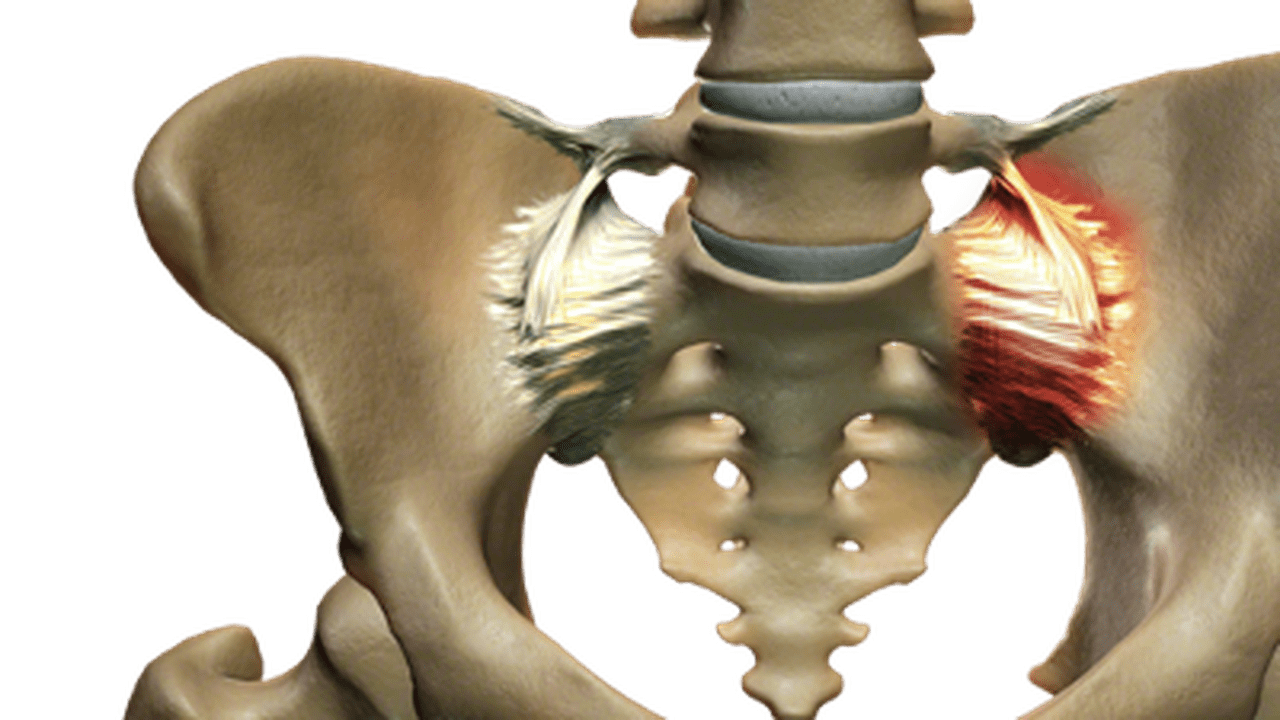sacroiliac joint disorders
sacroiliac joint disorders : DO YOU HAVE SI JOINT PAIN?
sacroiliac joint disorders, The sacroiliac (SI) joint plays a significant role in lower back pain, with research showing that it can be the cause of discomfort in 15-30% of people dealing with chronic lower back issues.1-4 In fact, up to 43% of patients who continue to experience back pain after undergoing lumbar fusion surgery have the SI joint identified as the source of their pain. For those affected, addressing sacroiliac joint disorders is critical to getting long-term relief and improving their quality of life, especially for those who have already had spinal surgery but still suffer from persistent pain.
At our spine care hospital in Bristol, Connecticut, we understand how frustrating it can be to live with chronic back pain. Our dedicated team of spine specialists and orthopedic surgeons is here to help, offering personalized treatment plans designed to get you back to living pain-free. From advanced diagnostics to the latest in minimally invasive treatments, we are committed to finding the right solution for each patient. Whether you’re dealing with sacroiliac joint disorders issues, recovering from lumbar fusion, or facing another spine-related challenge, we’re here to support you every step of the way.
In addition to our spine care services, we also offer comprehensive orthopedic care in Bristol to help with joint injuries, degenerative conditions, and other musculoskeletal problems. No matter what type of pain or discomfort you’re experiencing—whether it’s in your back, hips, or legs—our team is ready to provide compassionate, expert care tailored to your needs.
If you’re in Bristol, CT, and struggling with spine or orthopedic issues, we invite you to visit our hospital, where your health and well-being are our top priority. Let us help you find the relief you deserve and get you back to enjoying life again.

The SI joint is the link between the ilium of the pelvis and the sacrum, the lowest part of the spine above the tailbone.
sacroiliac joint disorders ,The sacroiliac (SI) joint, like other joints in the body, is susceptible to injury and degeneration. When damage occurs, individuals can experience significant discomfort, with pain commonly localized in the buttocks and sometimes radiating to the lower back, hips, and legs. This pain is often exacerbated by activities such as lifting, running, walking, or even lying on the affected side, making daily life challenging for those suffering from SI joint dysfunction.
At our spine care hospital in Bristol, Connecticut, we specialize in diagnosing and treating SI joint issues, ensuring patients receive comprehensive care to manage and alleviate their pain. Whether you’re dealing with chronic lower back pain, hip discomfort, or leg symptoms, our team is equipped with the latest treatment options to restore mobility and enhance quality of life.
Patients in Connecticut experiencing lower back pain, especially those who have undergone lumbar fusion, may find that addressing SI joint problems is key to relief. With advanced imaging technology and specialized treatment plans, our spine care experts ensure accurate diagnosis and targeted therapies to manage SI joint degeneration effectively.
If you’re in Bristol, CT, and seeking relief from chronic pain or spine-related issues, our hospital is dedicated to providing top-tier spine care tailored to your needs. Whether you’re lifting, walking, running, or simply lying down, we’re here to help you get back to your life, pain-free.
Anatomy of the sacroiliac joint disorders
The sacroiliac joint (SI joint) is located in the pelvis, connecting the iliac bones (pelvis) to the sacrum (the lowest part of the spine above the tailbone). It plays a crucial role in transferring energy between the legs and the torso.
Excessive motion in the sacroiliac joint disorders may lead to inflammation and disruption of the joint and surrounding nerves, causing pain in the lower back, hip, groin, or pelvis.
Pain from the sacroiliac (SI) joint often feels similar to disc or lower back pain, and it can also radiate to the hip or groin. Because of this overlap, sacroiliac joint disorders must be considered when diagnosing lower back, hip, and pelvic pain. At our orthopedic hospital in Bristol, we specialize in accurately identifying and treating SI joint issues, ensuring that patients receive the comprehensive care they need. Our expert team is dedicated to providing effective solutions that address the root causes of pain, helping you regain your mobility and improve your quality of life.

Understanding sacroiliac joint disorders Pain: A Common Source of Discomfor
The sacroiliac (SI) joint plays a crucial role in connecting the pelvis to the spine, but it is often overlooked as a source of pain. Many patients mistakenly attribute discomfort in the lower back, hips, or groin to other conditions, such as disc problems or muscle strains. At Connecticut Advanced Spine, we recognize the importance of accurately diagnosing SI joint disorders to provide effective treatment.
Common Symptoms of SI Joint Dysfunction

Pain from the SI joint can manifest in various ways, making it challenging to pinpoint the exact cause. Patients may experience:
- Lower Back Pain: Often resembling disc-related pain, discomfort may be felt in the lower back region.
- Hip Pain: Radiating pain can occur in the hip, leading to limited mobility.
- Groin Discomfort: Some individuals report pain that travels into the groin area, complicating diagnosis.
Because the symptoms of sacroiliac joint disorders can mimic other conditions, our experienced team at Connecticut Advanced Spine utilizes advanced diagnostic techniques to identify the root cause of your pain accurately.
The Importance of a Comprehensive Diagnosis
When experiencing pain in the lower back, hips, or pelvis, it’s essential to consider SI joint disorders as part of the diagnostic process. Our orthopedic specialists are trained to evaluate and differentiate SI joint pain from other spine-related issues. Through thorough assessments, including imaging studies and physical examinations, we ensure that every patient receives a personalized treatment plan tailored to their specific needs.
Effective Treatment Options at Connecticut Advanced Spine Bristol
At Connecticut Advanced Spine, we offer a range of treatment options for SI joint dysfunction, including:
- Physical Therapy: Targeted exercises can strengthen the muscles surrounding the SI joint, improving stability and reducing pain.
- Medication Management: Anti-inflammatory medications and pain relievers can help alleviate discomfort.
- Injections: Corticosteroid injections can reduce inflammation and provide temporary relief from pain.
- Surgery: In severe cases where conservative treatments fail, surgical options may be considered to stabilize the SI joint.
Why Choose Connecticut Advanced Spine?
Our spine care hospital is committed to providing exceptional care for patients dealing with sacroiliac joint disorders pain and other spine-related conditions. With a focus on innovative treatments and compassionate support, our dedicated team works tirelessly to help you regain your quality of life.
If you’re in Connecticut and struggling with lower back, hip, or pelvic pain, don’t hesitate to reach out to Connecticut Advanced Spine. Let us help you find the relief you deserve and get you back to living an active, pain-free life.
